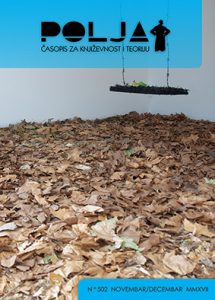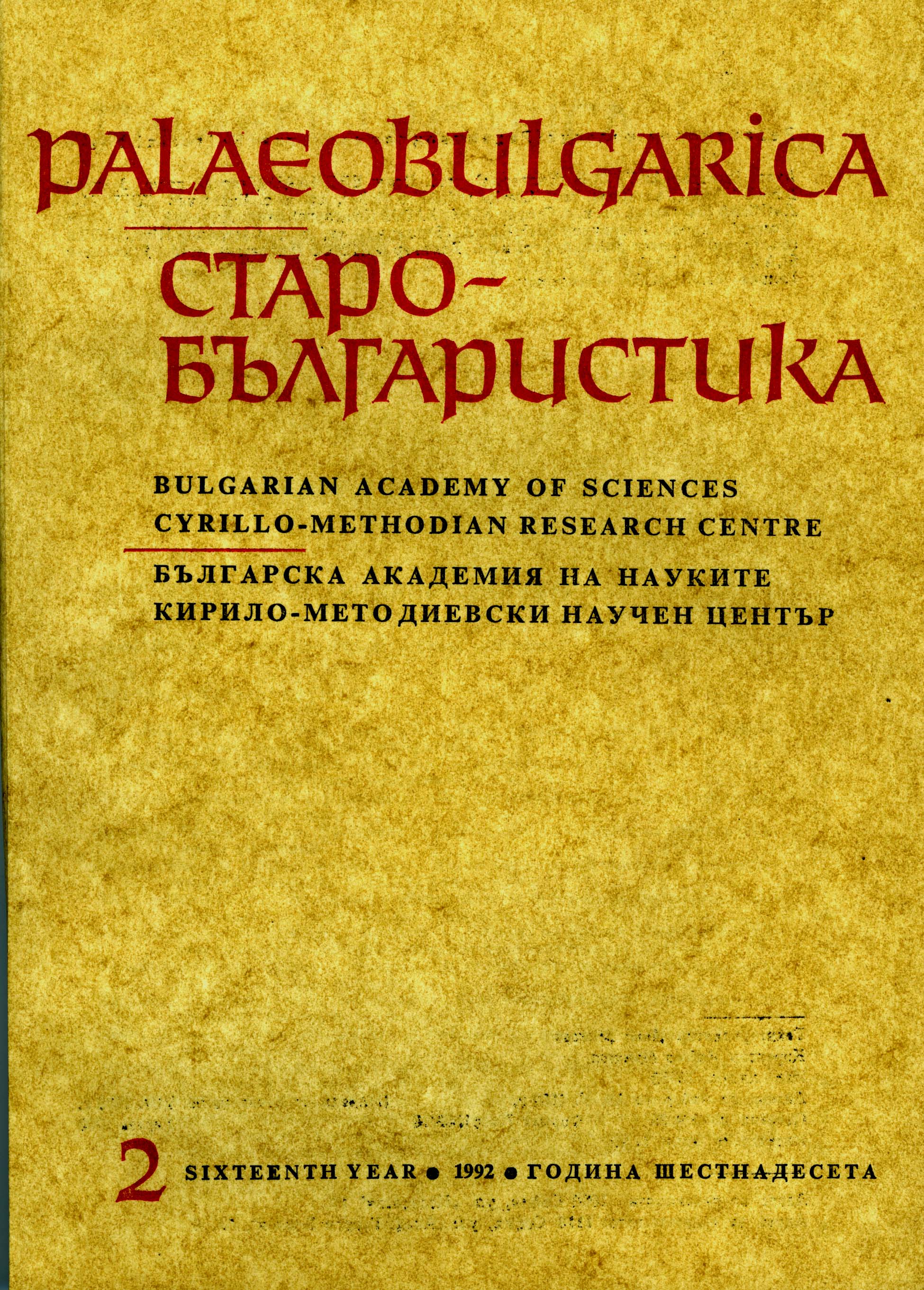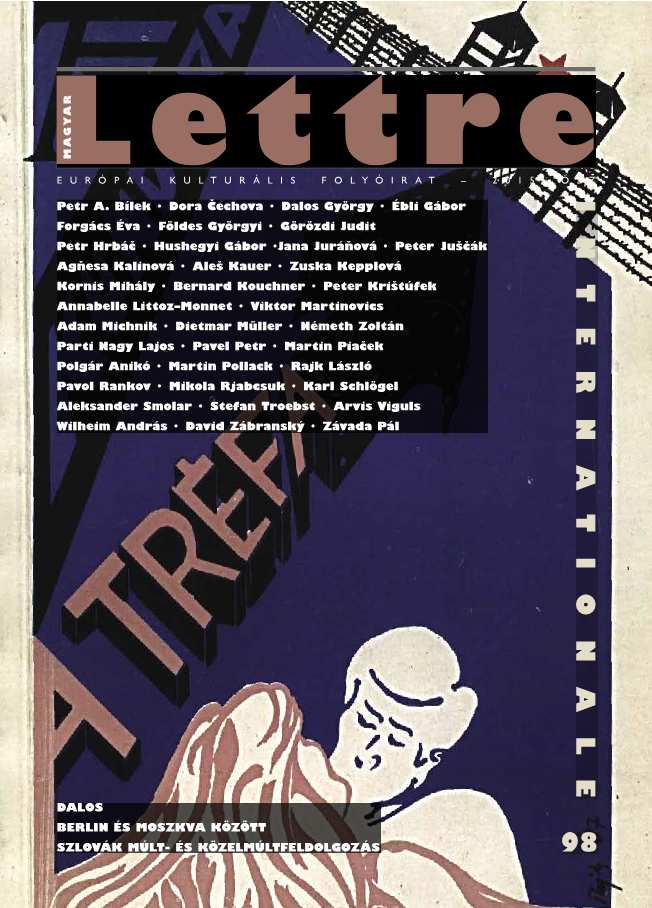
We kindly inform you that, as long as the subject affiliation of our 300.000+ articles is in progress, you might get unsufficient or no results on your third level or second level search. In this case, please broaden your search criteria.


Annabelle Littoz-Monnet: Az Európai Unió emlékezetpolitikájáról Mihail Rjabcsuk: Fordulat jobbra – és megint vissza Aleksander Smolar beszélgetés: Lengyelország és a menekültkérdés
More...

Avishai, Bernard: Promiscuous: portnoy’s complaint and our doomed pursuit of happiness, New Haven & London, Yale University Press, 2012.
More...
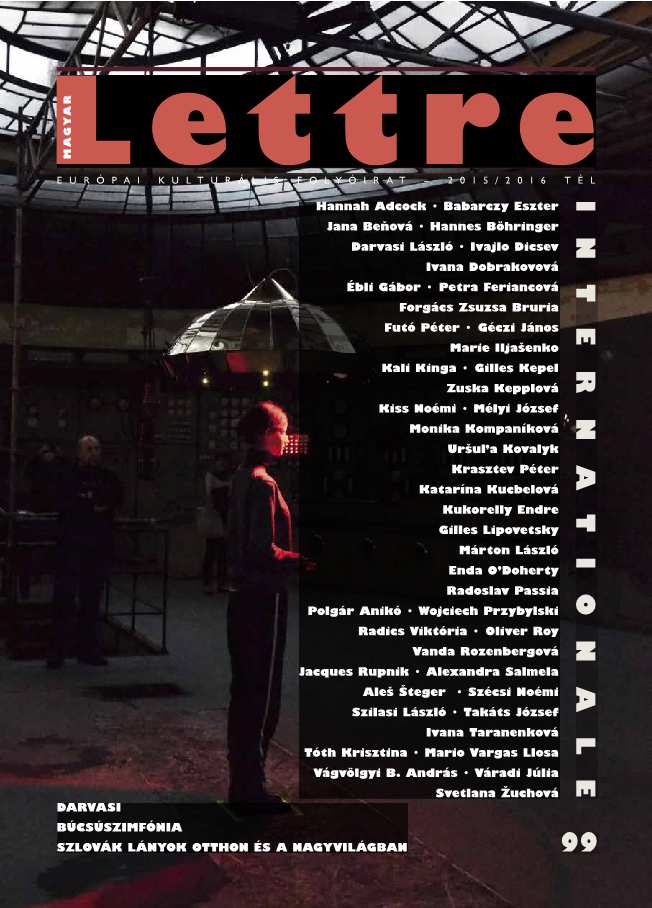
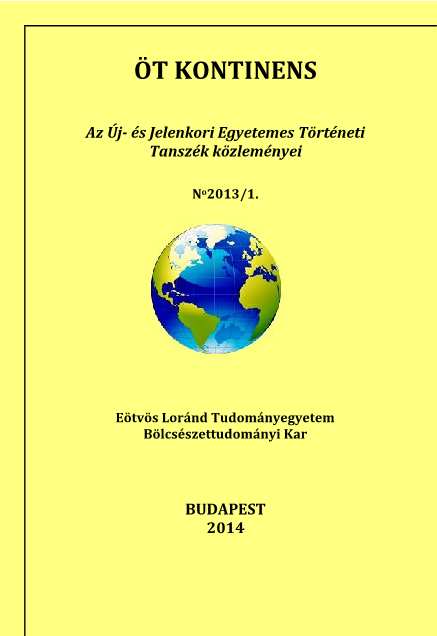
This essay tackles the 18th century trashy literature sources on János (John) the Warrior and János (John) Háry. These works have been made attractive by the specific symbiosis of the reality with elements of the miraculous. János (John) the Warrior by Sándor Petőfi and János (John) Háry by Zoltán Kodály have been popular from the very beginning and this success is still vivid up to now. It is also important from the point of view of Hungarian-French relations by referring to five literary translations, a number of literaty analyses, as well as theatre performances in the frankophone countries.
More...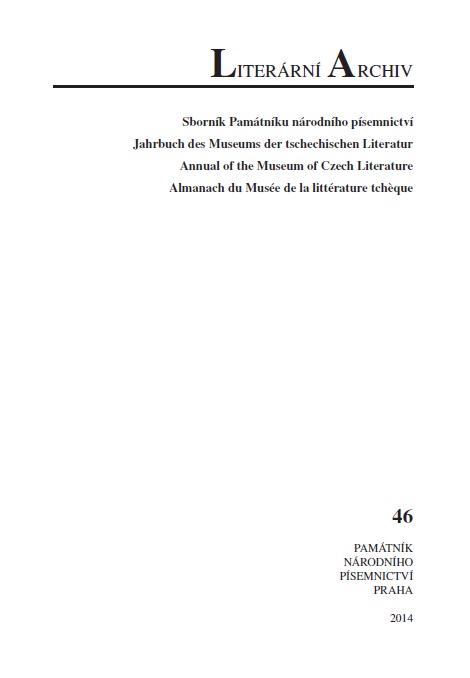
The article is concerned with the identification and assessment of elements of Eastern philosophy in the works of Bohumil Hrabal (1914–1997). The works Prokopnutý buben (A drum kicked in), Krásná Poldi (Lovely Poldi), Bambini di Praga 1947, Zdivočelá kráva (The feral cow), Ostře sledované vlaky (CloselyWatched Trains), Kouzelná flétna (The Magic Flute), Autíčko (Toy car), and Inaugurace a vnitřní monolog (Inauguration and interior monologue) present ideas that have their source in Buddhist philosophy, for example, the ubiquity of suffering, the illusory nature of the world, and the essential unity of all phenomena. Buddhist philosophy does not have an autonomous status in Hrabal’s work; rather, it is mediated by the works of Schopenhauer and, to a lesser degree, by the inspiration of literature, for example,T. S. Eliot’s TheWaste Land (1922). In this way, Hrabal enters the modernist stream of the reception of Buddhism, which first appeared in European thought in the nineteenth century. Buddhist motives form part of Hrabal’s artistic vision. In many places, they resist canonical interpretation.
More...
The article focuses on the last period of Bohumil Hrabal’s (1914–1997) writing, particularly the late 1980s and early 1990s, when he was systematically developing distinctive essays mostly in the form of open letters. His late writing from this period was published in book form in 1990−94. Of his series of short works in prose, one would mention Listopadový uragán (The November hurricane), Aurora na mělčině (Aurora in the shallows), and Večerníčky pro Cassia (TV bedtime stories for Cassius). Of particular interest is Dopisy Dubence (Letters to Dubenka), a collection of stylized letters to April Gifford, an American student of Czech literature and language. Hrabal himself talked about his late writing as ‘literary journalism’. Critics often unflatteringly called these distinctive literary works postmoderně koncipovaná leporela – postmodern accordion-fold board books.
More...
This article considers Kolář’s literary work and puts it into the context of modern Czech literature. The approaches of collage, which influenced his work in the fine arts, are already recognizable in his literary works. The transition from word to picture is evident in Kolář’s typograms: he breaks apart words and sentences, forms pictures out of letters, and gradually turns away from verbal expression. Eventually, he came to poesie evidente, which, instead of being based on the word, uses everyday objects such as razor blades, spirals on threads, stones, baking moulds, or representations of them. These objects tell stories that are not recorded in words, but are nevertheless lisible in the texture of the poem. On his path from verbal to visual expression, that is, from written poems to object poems and then to poetic objects, it can always be discerned that Kolář has come out of poetry, although in his later collages he used fragments of text and letters mainly as an artistic means of expression in which fragmentariness and illegibility also play a role.
More...
This edition of the correspondence between the poet Jiří Kolář and the critic Jindřich Chalupecký from 1941– 45 attests to the friendly and mainly work-related contacts between the two men. EvenKolář’s first collection of verse, Křestný list (Birth certificate, 1941), drew Chalupecký’s attention, because of its distinctive combination of reality and fantasy, new means of expression, and the plainness of its everyday subject matter, thus coming close to his view of the meaning and aim of modern art, ‘which should be the everyday dreadful and glorious drama of man and reality: the drama of mystery in the face of wonder’ (Chalupecký, ‘Svět, v němž žijeme’ [The world we live in], 1940). Kolář’s next two collections, Ódy a variace (Odes and variations) and Limb a jiné básně (Limbo and other poems), written in 1943–45, are to a certain extent the result of the discussions between the two correspondents about the composition and completion of the individual poems. But the letters also provide much intriguing information about the friendship and joint activity amongst fine artists – particularly other members of the newly founded Skupina 42 (42 Group) and contacts with the young poets Josef Kainar (1917–1971), Ivan Blatný (1919–1990), and Jiřina Hauková (1919–2005), whose works fit in with the artistic programme of Skupina 42.
More...
Pavel Gătăianţu is a fascinating poet who transformed his unique multicultural experience into true literary masterpieces. As a representative of the Romanian minority in Serbia, he transferred the challenges and difficulties, as well as the magic of living in a clash of cultures in his pages of prose. All this is expressed in a beautiful but direct manner—emotions and thoughts are deep and naked, nothing is concealed or unnecessarily embellished. Pavel Gataiantu`s attitude varies between interrogative and space of political and social life, giving specific colour to his works. The concept of Europe is often seen in the work of Pavel Gătăianţu, denoting a place where he hoped for a better future.
More...
Maxime Du Camp became well known in the 19th century French literature not only as Gustave Flaubert’s close friend but also as an important photographer and a traveller-writer, author of many travalogues. In this paper we will explore the representation of nature and the types of landscapes that we have identified in the literary work of this writer, illustrating several French theories on landscape that enabled our approach.
More...
The journalism has always aroused the interest of the scientists, in various domains. Before asserting themselves on a national and even universal level, many of the writers came into contact with the publicist activity, being attached to certain periodicals and training themselves for the later activity as writers. In this way their cultural destiny was set. Mircea Eliade was one of the Romanian intellectuals who permanently collaborated to the most important Romanian cultural publications of the time.Mircea Eliade’s first attempts in the domain of the journalism date back since the years 1924-1925.In the articles written by Mircea Eliade in his adolescence and youth, he approaches a different thematic field and a diverse space, from science up to literature, and from literature to people of culture.
More...
An unknown drawing by Václav Brožík (1851–1901) was discovered while cataloguing the papers of Růžena Fričová née Švagrovská (1851–1935) and her husband Vojtěch Frič (1844–1918). The discovery was the impulse for this edition and is also an atypical but integral part of it. The published documents should not only provide an answer to the question of how and when the drawing was made, but also open the story of the support for artists in the broader contexts of family life in the newly emerging stratum of entrepreneurs. The edition comprises four different sources covering a period of almost sixty years. All four records are documents of a personal nature. In the first part of the edition, comprising letters from Brožík addressed to Švagrovská Fričová, the personality of the letter-writer and the man who made the drawing comes to the fore. His letters constitute an immediate statement on the everyday life of a young artist. By means of the other three sources, from the 1930s, the reader is given a glimpse into a tangle of interpersonal relations. The second document, the manuscript memoirs of Švagrovská Fričová, concerning her contacts with Brožík, provides testimony – in a literary form – by the novelist Antal Stašek (real name Antonín Zeman, 1843–1931), published at the end of the edition. The creation of the literary form of the memoirs is described in the third part of the edition, with the publishing of the correspondence between Stašek and Fričová. This edition represents a modest contribution to our knowledge of Brožík’s life and early work. It provides a view of the early patronage provided by the emerging Czech bourgeoisie, with the aim of demonstrating, using primary sources, not only the circumstances of patronage, but also its reception in the broad context of the social and cultural climate of the nineteenth century. The sources, published in four parts, also graphically document problems of memoir material, caused not only by its subjectivity, but also by the unreliability of memories, which can be or, rather, become distorted over time. In this case, we have an exceptional opportunity to read several texts concerning the same period and events, but written over a longer period.
More...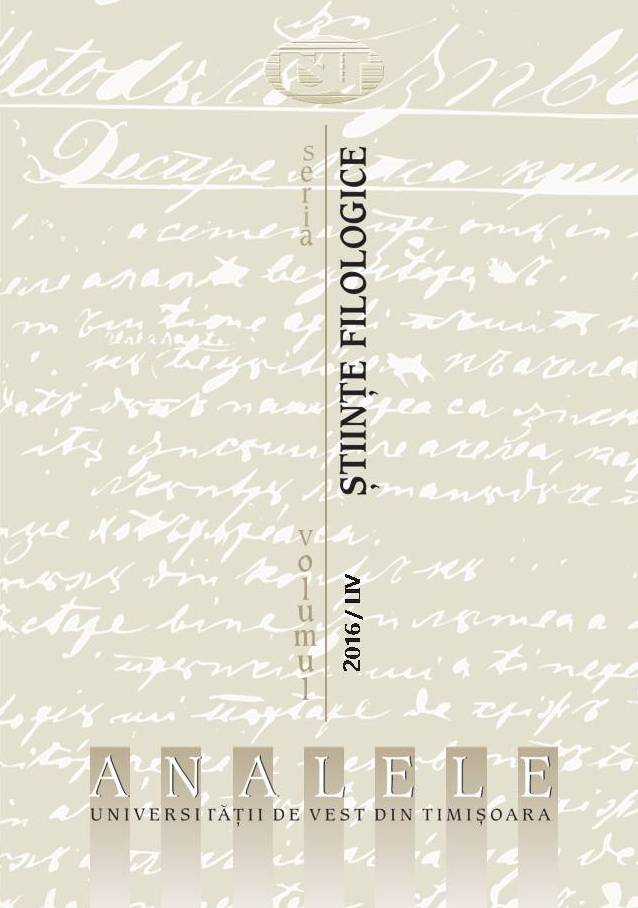
Drawing on contemporary theories concerning migration, displacement and cultural transfer, this paper explores the specific ways in which fiction and literary discourse contextualise the complex representations of the homeland in the works of Herta Müller and Cătălin Dorian Florescu. It aims to integrate this issue into an analytical process that correlates memory, trauma and nostalgia, understood as fundamental identity components.
More...
The present paper aims to investigate a peculiarity of the Italian fantastic, specific to the first half of the 20th century, and present in some of Italo Calvino’s stories about Marcovaldo, a labourer from the countryside, trapped in the big city and struggling with material difficulties. In doing so, we intend to increase the visibility of the texts in question, which became extremely popular amongst general readers, but received limited attention from the academia, who rushed into following the author’s opinion and labelling them as children’s literature. The first part of the study focuses on some theoretical considerations on the fantastic, starting from Remo Ceserani’s essential book, Il fantastico (1996), and continuing with other writings dedicated to the subject. The second part is concerned with underlying Calvino’s views on the fantastic, by looking into his essays on the fantastic and Italian fairytales. The last part will add another significant aspect to the discussion, namely the identification of certain fantastical elements embedded in the narrative structure of Calvino’s stories, elements considered by McHale, author of Postmodernist Fiction, as characteristic of a new type of fantasy, the postmodern one. We argue that the banality of Calvino’s setting is only apparent and that his protagonist is involved in some adventures that are far from being common.
More...
In the history of mankind, there are two fundamental aspects, opposite, but also complementary, of the human being in relation to physical space. The first one generically defines a homo viator, the man who travels through space, the traveller-explorer; the other one, a homo stator, the man who settles and, thus, inhabits the space. Therefore, some of the lexemes pertaining to the two semantic areas represent true “mentalemes”, a term used by Eugen Cizek, in several of his works, to define words that encode aspects of the ancient mentality, for example items such as labor, fruor, felix, connected to the agrarian mentality. From the perspective of the domestic space, the importance of the house for the Roman citizen, described as common perfugium, is revealed in its inclusion, alongside the bed, in a series of major social values such as the Forum, the Curia, the Field of Mars, the honorary chair, values meant to ensure the security of the state and that of the individual, as highlighted in a Ciceronian enumeration. The aim of this paper is to identify meanings and overtones in a pair of synonyms from the semantic sphere of Roman domestic and intimacy space, thalamos and torus, pointing out their importance and status in the Roman imaginary. The article reviews and analyses contextual deviations from the positive significance assigned to the figurative sense of the lexemes, that of the marriage bed as a sacred space of the couple’s legitimacy and procreation, symbolised by Psyche and Amor’s matrimonial bed in Apuleius’ ancient novel, Metamorphoses, with some counter-examples from Latin literature, such as the cases of legendary feminine protagonists, Livy’s Lucretia, Virgil’s Dido, and Ovid’s Aglauros and Ariadne.
More...